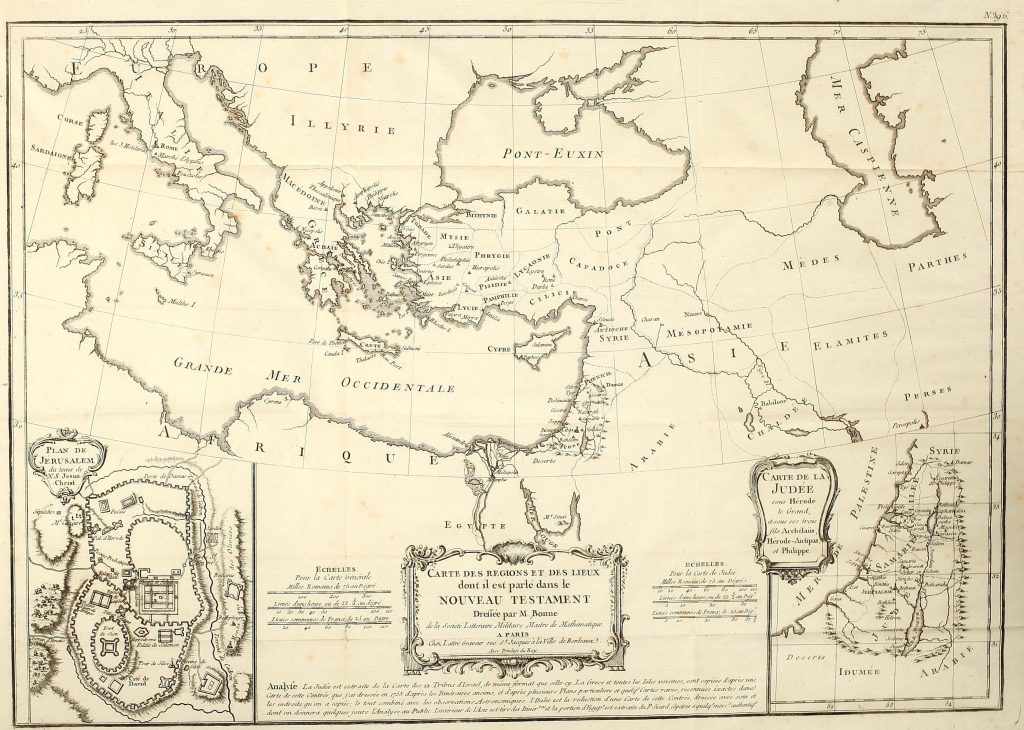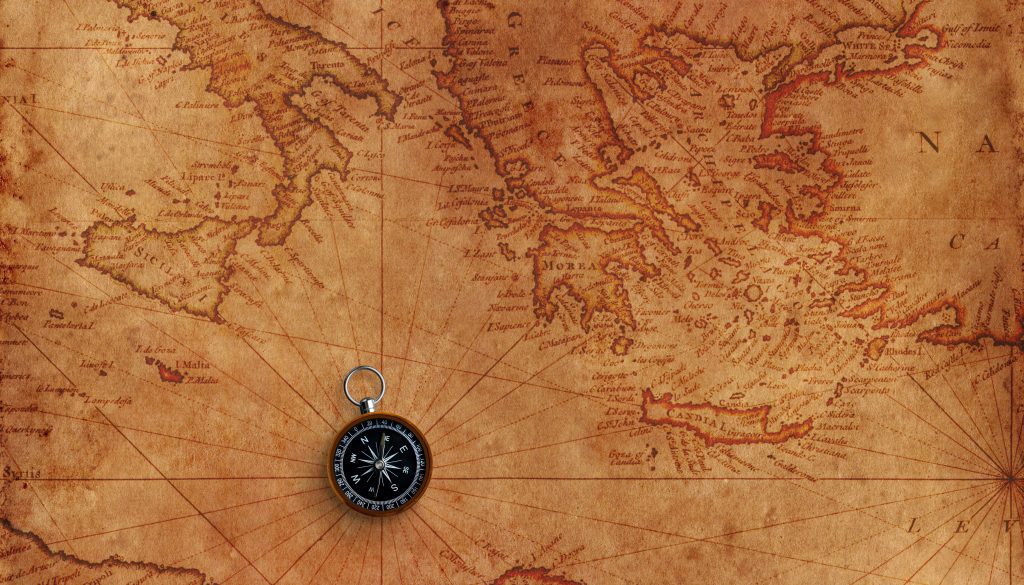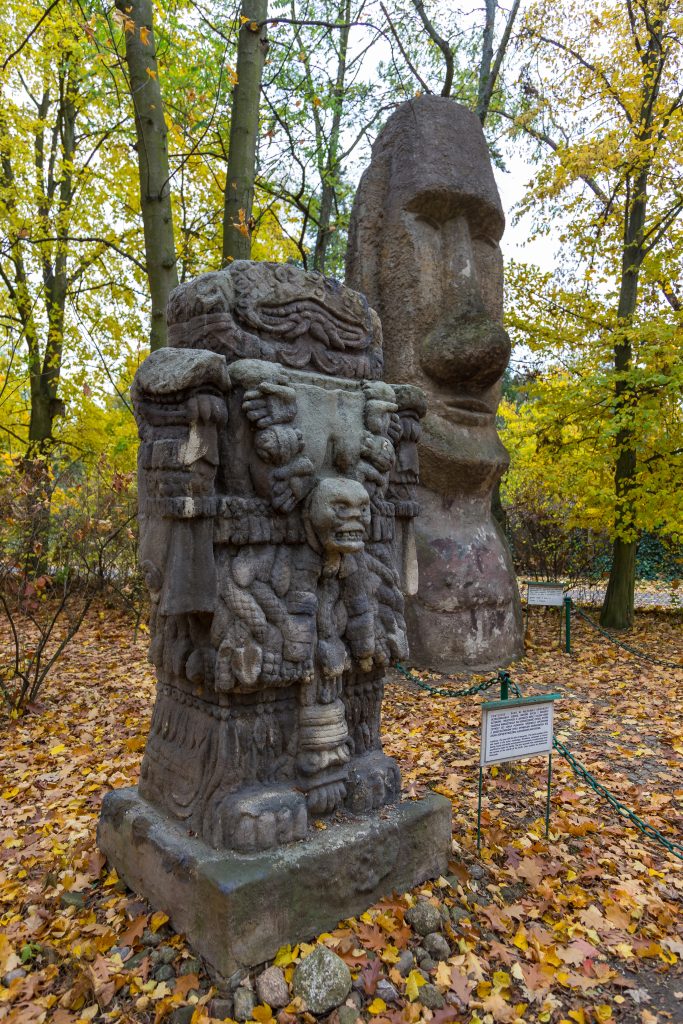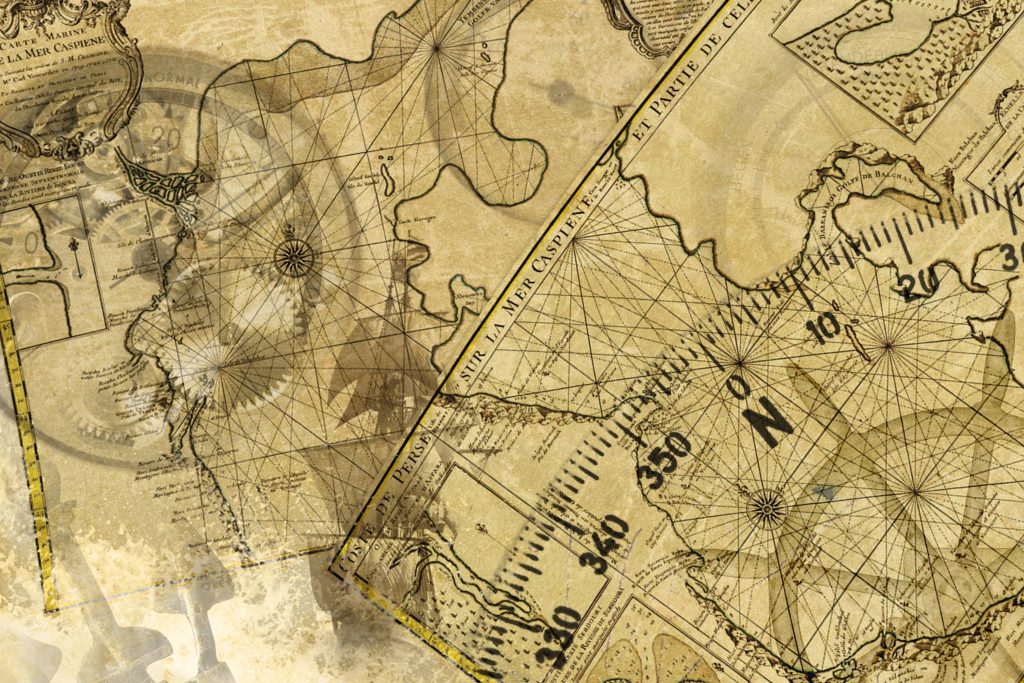
Some ideas age like fine wine. Others well, they curdle. Many once‑sacred religious beliefs have been so thoroughly overturned by science, ethics, and lived experience that they’re now more historical curiosities than guiding truths. Yet, these outdated notions still hold surprising lessons if we’re willing to look beyond their literal claims and see the deeper human needs they once tried to meet.

From culture to culture, religion and reality have coexisted in tension and accord. From the universal to the deeply personal, the transition from mystical explanations to evidentiary knowledge has done more than change what individuals hold as true it’s changed how they live. And yet, as recent research by the Pew Research Center and the National Academies demonstrates, the interaction between science and religion is more subtle than the tired “warfare” trope would have us believe. Most believers reinterpret ancient doctrine to fit modern understanding, others recognize irreconcilable differences.
Let us examine seven religious beliefs overhauled by science, the myths they represented, and how their underlying messages continue to echo today.

1. The Flat Earth Falls Off the Map
For many centuries, myths and sacred texts explained Earth as a flat disk, resting at times on the back of cosmic beasts. This knowledge informed exploration and navigation and even moral boundaries cross over the “edge” and you invited divine displeasure. Contemporary astronomy and physics, from satellite photography to orbital dynamics, have dispelled any uncertainty: our world is a sphere moving through space. Impressively, most ancient civilizations, such as 5th-century BCE Indian Vedic astronomers, had described the spherical Earth decades or centuries prior to the dawn of European science. Today, however, the ancient “edge” is a metaphor for the horizon of our understanding a challenge to continue reaching further into the unknown.

2. Plagues as Punishment
When pandemics hit, religious leaders in the past proclaimed them to be God’s punishments for sins within communities. Belief dominated mass prayer vigils rather than quarantine, usually spreading epidemics. Contemporary epidemiology has taught us that microbes, and not morals, cause disease and public health infrastructure, vaccination, and hygiene prevent deaths. But redefining the concept of “sin” as a disregard of public health or social justice makes the metaphor more apt. During the Black Death, some monastic orders inadvertently retarded contagion by isolating while tending to the sick, demonstrating that mercy and prudence can coexist.

3. Virgin Birth as Commonplace Miracle
Miraculous births take place in myth throughout the world Egyptian Isis to Greek Athena and were generally taken as signs of special divine favor. Physiologically, man’s reproduction is a question of genetic material from two individuals short of exceptional technology. Virgin birth is not physiologically possible but a powerful force for giving hope to desperate circumstances. Now, it can be the origin of stories of change individual, social, or religious when change appears to be impossible.

4. Astral Omens Break Their Grip
Eclipses, comets, and planetary conjunctions were used to divine cosmic verdicts on man, dictating everything from the behavior of monarchs to military campaigns. Jupiter’s motion, too, was followed by ancient Babylonian astronomers in the hope of predicting harvests. We now realize that such events obey good physics, not celestial temperament. But astrology can be repurposed as a contemplative aid and not a prescriptive text enabling human beings to think about purpose and identity without assigning agency to the stars.

5. Evolution vs. Fixed Creation
For certain religious traditions, the notion that human beings have evolved from previous species is a conflict with divine origin myths on a direct level. Among Malaysians and Singaporeans interviewed, most Muslims were uneasy with evolution on the basis of belief in God-created humans without middlemen, but Hindus and Buddhists tended to find no contradiction many even finding some correspondence between evolutionary theory and their religions. As one Hindu woman explained, “In Hinduism we have something like this too certain animals are considered sacred because it’s one of the forms that this particular deity had taken.” This accommodation demonstrates how old beliefs can stand up to or accommodate scientific proof.

6. Divine Right of Kings Overthrown
Medieval kings derived their authority directly from God, and revolt was political treason as well as religious sin. The English Civil War dispelled that illusion, demonstrating leaders were not more godlike than the people. Modern democracies disavow inherited divine sanction, but the underlying principle that leaders must play by the highest moral rules is still attractive. If one appeals to divine mandate, today’s citizens demand he behave with integrity equal to the assertion.

7. Witchcraft as Scapegoat
From the 16th to the 17th century, tens of thousands of women, and mainly women, were killed in Europe on witchcraft accusations for allegedly causing everything from blight to unexpected storms. Science today can explain these occurrences in terms of natural causes, and psychology explains how fear could mobilize scapegoating. The witch trials are a grim warning about moral panics targeted against vulnerable communities. Now the message is clear: counter narratives demonizing on circumstantial grounds, in politics, in media, or in life.

Ancient ideas, though disproved, bear the imprints of the human desire for meaning, for order, for control. Science has reinterpreted their literal facts, but their symbolic power and moral wisdom they convey continue to be important. Through the confluence of evidence and empathy, contemporary society can pay its respects to the past without being in bondage to it, using ancient tales as jumping-off points to wiser, more empathetic ways of living.


